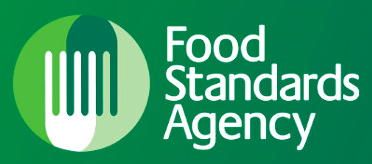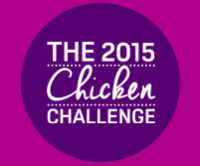Today, the UK’s Food Standards Agency (FSA) announced results from a second round of quarterly testing of fresh chickens. Based on testing performed from October 2015 through December 2015--what FSA describes as the second quarter--the number of birds with the highest level of contamination continues to decrease when compared to numbers reported during the same months in 2014.
During the second quarter, FSA tested 966 samples of fresh whole chilled UK-produced chickens as well as packaging. The chickens were bought from large UK retail outlets and smaller independent stores and butchers. The survey commenced sampling in July 2015.
In FSA's second quarter of 2015, 11 percent of chickens tested positive for the highest level of contamination. That number was 19 percent for that same time period in 2014. Current testing shows that Campylobacter was detected on 59 percent of chicken samples. That number was 74 percent for that same time period in 2014.
These continued improvements can be attributed to “improved biosecurity, SonoSteam, and the trimming of neck skins,” says FSA. Neck skin is the most highly contaminated skin area of the chicken, so trimming is believed to cut down on Campylobacter numbers significantly. One small problem is that future testing results will not accurately compare to FSA’s first Campylobacter survey results because of these newly implemented methods of trimming the neck skin.
The FSA has been testing chickens for Campylobacter since February 2014 and publishing the results as part of its campaign to bring together the whole food chain to tackle the problem. Campylobacter is the most common cause of food poisoning in the UK, making an estimated 280,000 people ill every year.
More on Campylobacter in the UK:
FSA: Campylobacter in UK Chickens on the Decline
Penny Pinching Grocery Stores Not Helping UK’s Campylobacter Crisis
FSA Releases New Data on Campylobacter in UK Chickens
Chickens Coming Home to Roost for UK Retailers After Poultry Testing Results Published
UK’s Chicken Challenge to Address Campylobacter Crisis
Sign up for Food Safety Magazine’s bi-weekly emails!
UK’s Fight Against Campylobacter Proving to Be a Success


